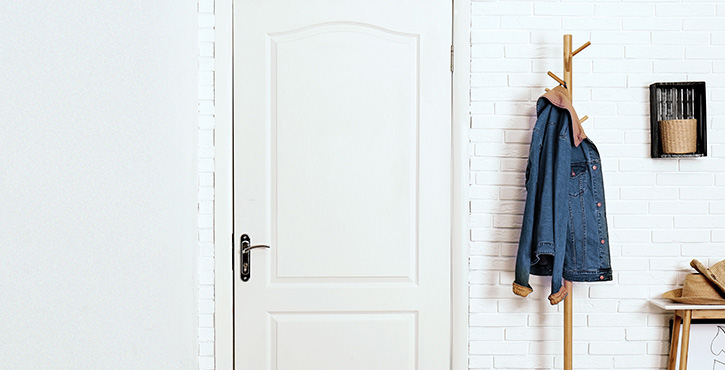The water heater is essential to our everyday routine. In fact, it’s one of the greatest modern inventions and has considerably made our lives simpler.
Although we take hot water for granted nowadays, did you know that there are nearly 50 technical points that need to comply with building, plumbing and electrical codes to ensure a proper installation? Each one of these steps is essential to extend the lifespan of your water heater and to ensure both the safety of the building and its occupants. The conformity and safety of the installation should never be neglected.
What are the most common problems related to water heater installations?
- The pressure relief valve:
This valve is installed on the top of the water heater. It’s designed to release excess pressure that can build up inside the tank in the case of an appliance malfunction. This valve must be connected to an overflow pipe to allow the water to discharge into a drain pan, floor drain or another adequate waste pipe. Unfortunately, too often the wrong relief valve is used, or the discharge pipe installation does not comply with safety standards. This incorrect installation can cause water leaks, serious burns and may even cause your tank to explode. - The electrical connection:
As with any other appliance, if the electrical cables are too small or if the protective device (circuit breaker or fuse) is inadequate, the greater the risk of fire. Grounding is an essential safety feature since it protects against the risk of electrical shock when handling the water heater. Again, too many water heater installations do not comply with circuit grounding standards; either they are installed incorrectly, they are non-existent or equipped with an inadequate circuit breaker.
Joël Legault T.p., President of the Legault-Dubois firm specializing in building inspections, estimates that more than 60% of water heater installations present deficiencies when inspected.
How can you prevent these problems?
As in any industry or profession, a quality control system is essential for ensuring the conformity and safety of installation standards. In the case of water heaters, technicians must be properly trained to understand and meet every plumbing and electrical requirement. Subsequently, it’s important to carry out random inspections to detect potential problems and make the proper adjustments when needed. In case of non-compliance, a follow-up with a technician should be scheduled to prevent the problem from reoccurring.
In short, thanks to quality control systems and follow-ups carried out by professional technicians, consumers can benefit from their investment knowing they’ve spent their money wisely: on the right product and company!
HydroSolution is the only company specializing in water heater installation to implement a comprehensive quality assurance program that includes technician training and random inspections. Count on us to keep you safe.




